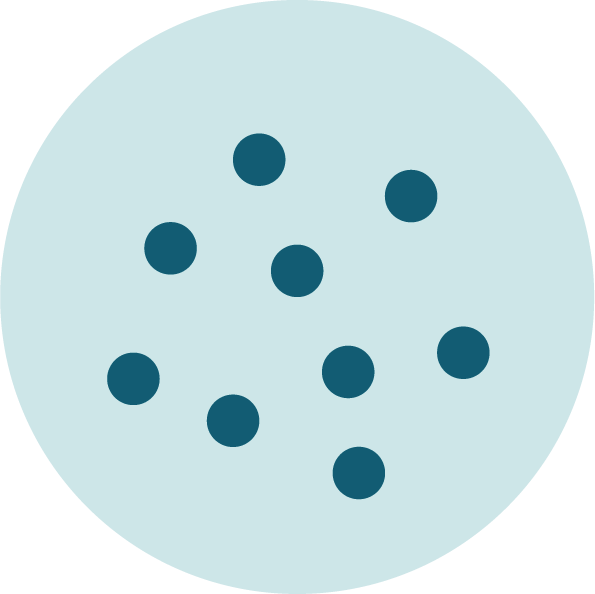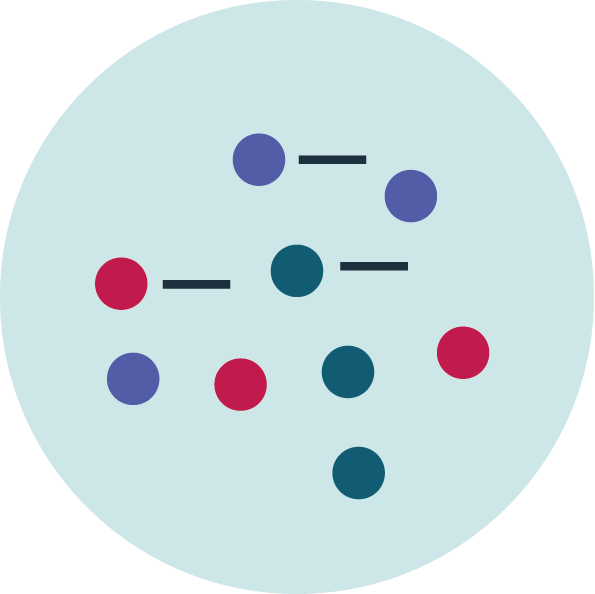A structured process of looking for early signs of change that could disrupt the issue you are studying in unexpected ways.
On this page:
Why you should use it
What it involves
What you will get out of it
Ideal circumstances for use
Limitations
References, guides and key readings
Why you should use it
- To identify the drivers of change that may impact your policy area.
What it involves
- Horizon scanning involves reading a range of materials (e.g. academic articles, news articles, blogs and early research reports) to identify signals of change. It can also involve stakeholder interviews and workshops.
- Different frameworks can be used for horizon scanning. For example, PESTLE and its variants can be used to identify signals of change across the five domains of Political, Economic, Societal, Technological, Legislative and Environment.
- These signals of change are generally collated, clustered into themes and relationships between them considered (see the diagram below). This information provides a basis to consider and discuss with stakeholders how emerging trends may affect your policy area.
Step 1: Identify horizon scan hits
Step 2: Cluster them (name)
Step 3: Determine links
Step 4: Choose for further analysis




The way individual observations are organised / clustered might vary
There is more than one way to explore the relationship between different clusters / observations
Choose for relevancy (to policy) or for novelty (in policy thinking)
Source: Australian Government's Department of Agriculture and Water Resources' Strategic foresight for international trade in animals and animal products.
What you'll get out of it
- Identifies drivers of change so you can be prepared to respond.
- Helps to surface and test assumptions about the future.
Ideal circumstances for use
- Horizon scanning works best as an open ended activity, keeping information fresh and therefore relevant.
Limitations
- Cognitive biases of individuals conducting horizon scanning may mean they don’t include important or insightful information.
- To add value, the information from the horizon scanning needs to be interpreted to identify what changes are likely to be important and make sense of how these changes may affect your policy area.
References, guides, and key readings
- Futures toolkit for policymakers and analysts
The UK Government Office Science's Futures toolkit has been updated and republished. This revised toolkit is supported by:- Futures Toolkit: resources for government officials
A collection of resources for policymakers and analysts to use with the Toolkit, including downloadable workshop templates - Futures tools and methods: case studies
Case studies demonstrating how government departments, industry and others use futures tools and approaches, including the GO-Science Futures Toolkit.
- Futures Toolkit: resources for government officials
- Strategic foresight for international trade in animals and animal products
(pages 14-18) from the Australian Government's Department of Agriculture and Water Resources.
- Horizon Scanning
from the European Foresight Platform.
- Foresight Training Manual: Module 3 – Scanning
from Policy Horizons Canada.
